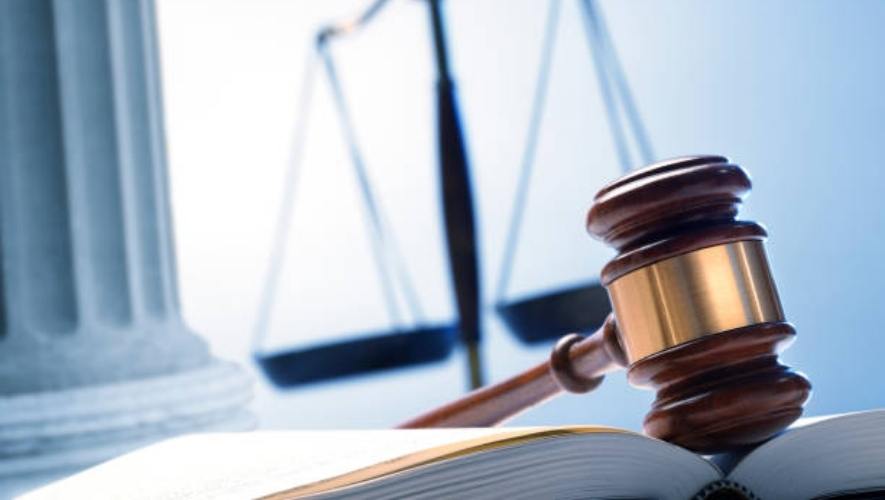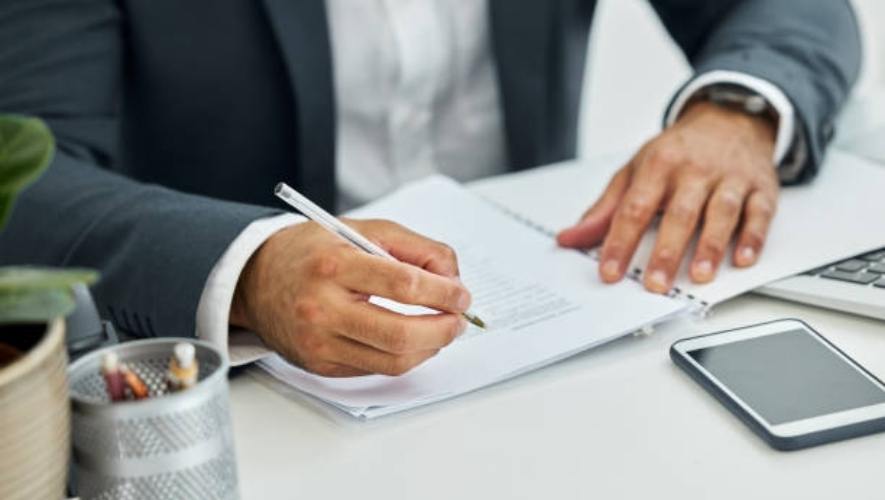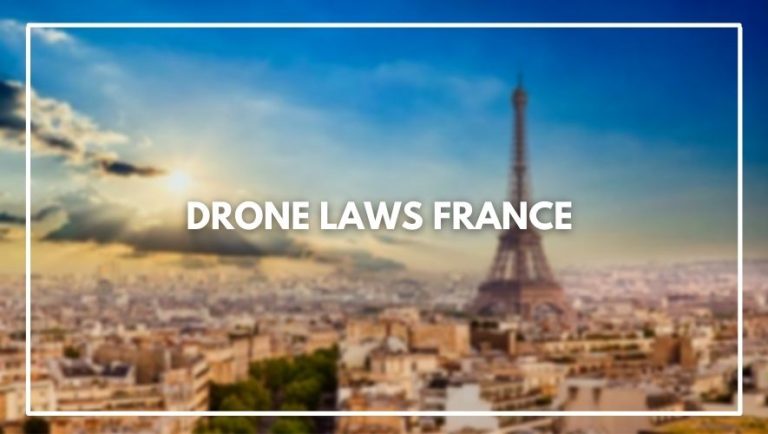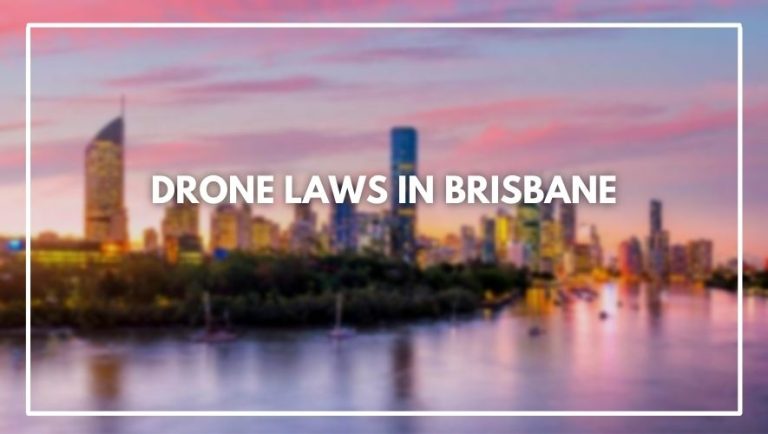Welcome to the Drone Laws NSW section. Here, we will take a look at the purpose and penalties for breaking drone laws NSW.
As a general rule, you need to be at least 30 meters away from other people when flying your drone. You can’t fly it over their heads or crowds of people, and you also can’t fly it up to their windows or homes.
We’ll also discuss what CASA is, how it relates to drones, and why it’s important for you to be aware of their regulations.
Drone Laws In Nsw

Drones Are Exciting And Fun When Used Safely.
Drones are exciting and fun when used safely. The rules that apply to drone flights vary depending on whether the drone is being flown for recreational, commercial or hobby purposes.
The best way to stay safe and legal when flying your drone is to read the information below carefully. You will find information about who can fly drones in NSW, where you can fly them, what you need to do if a drone flies away from you and what happens if you crash into someone else’s property.
1. Fly Your Drone Only During The Day
- Fly your drone only during the day, within visual line of sight
- Always keep your drone in sight and don’t fly higher than 120m (400ft) above ground level or over crowds of people, vehicles or buildings
- Keep your drone at least 30 metres away from people
- Avoid flying near emergency services (eg: police, fire brigade)
2. Only Fly One Drone At A Time
- The new laws state you can only fly one drone at a time. You must ensure that the piloting is done by an appropriately licensed person, or if it is being used for commercial purposes then someone who holds a remote pilot license.
- Wind direction: Flying your drone in the direction of the wind will help keep it stable and reduce any unwanted drift.
- Open areas: You should always try and fly your drone in an open area away from people and buildings. If this is not possible, make sure there are no people within 30 metres of where your drone might land when flying.
3. Keep Your Drone Below 120 Metres (400 Feet)
- Keep your drone below 120 metres (400 feet) above ground level
Drones with a maximum take-off weight of 2 kilograms or less must not be flown:
- Over or within 60 metres of any public place, building, structure or vehicle; and
- Over or within 30 metres of any person unless you have their permission.
4. Keep 30 Metres Away From Vehicles
- You must keep 30 metres away from vehicles, boats, buildings and people.
- If you are flying in a congested area like a city street or park, the law says that it’s safer to fly at least 50 metres away from people.
5. Stay At Least 5.5 Kilometres Away
You must not fly within 5.5 kilometres (3 nautical miles) of a controlled aerodrome. This includes airports, helipads and airfields.
- Controlled aerodromes are places where aircraft take off and land under the control of air traffic controllers, or with permission to do so.
- If you want to fly within 5.5 kilometres of a controlled aerodrome, talk to the airport operator first – they may be able to help you find a safe place for your drone flight or let you know if there are any restrictions on drones near their facility.
6. Stay Well Clear Of Emergency Operations
You must not fly a drone within 30 meters of an emergency operation, such as:
- police operations;
- firefighting, rescue or salvage operations; and
- ambulance or paramedic operations.
7. Don’t Fly Over Or Above People Unless You Have Their Permission
It is important to obtain consent from anyone who may be directly below your drone before flying. You should also ensure that no one is in the immediate area beyond your drone’s flight path, as this can result in injury if they are struck by a falling object (such as a blade).
How To Register Drone In Nsw

Step One: Collect Your Proof Of Identity Documentation
To register your drone in NSW, you’ll need the following documentation:
- Proof of identity—a current driver’s license or passport.
- Proof of address—such as an electricity bill or bank statement. This can be from up to three months old.
- Proof of citizenship/residency status—for example, an Australian birth certificate or citizenship certificate; proof of permanent residency if you have this; or evidence that you live at a particular address for more than one year (e.g., tenancy agreement).
- If this is not available, other documents may be accepted on a case-by-case basis such as a statutory declaration from yourself stating that you’ve been living at the address for more than one year and what steps were taken to establish this (i.e., who did they speak with about where I live?).
- Other acceptable forms include proof of name change (marriage/divorce certificates), insurance policies showing that there were two vehicles registered under one license plate number but only one person named on both car registrations (this would happen when parents separate and each keeps their own car), etcetera
Step 2: Get Your Identification Checked
Once you’ve arranged a meeting time, you’ll need to bring your proof of identity documentation and identification document to the CASA service centre.
This is likely to be either your NSW driver’s license or Australian passport. Make sure that both documents have not expired before visiting the service centre.
Step 3: Complete The Online Application Form On Casa Community
The CASA Community website is the place to go if you want to register your drone.
In the “Register” section of that page, click on “Drones” and then click on “Register a Drone”.
Now that you’re in the right spot, it’s time to fill out some details about yourself and upload some documents related to your drone. In order for CASA Community to process your registration application correctly, they will need:
• Your full name;
• Your contact phone number;
• A copy of an Australian government-issued identification card (e.g., driver’s license) with proof that you are over 14 years old;
Step 4: Apply For A Drone Operator Certificate (if Needed)
If you are a commercial operator, then you will have to apply for a drone operator certificate.
If you are a recreational operator, then you do not need to apply for this certificate.
If you are a student, instructor or pilot and do not require a drone operator certificate because the maximum take-off weight of your UAV is less than 25kg, then proceed to Step 5: Register with CASA’s Remote Pilot Registry (if required).
If you are an instructor or pilot and require a drone operator certificate because the maximum take-off weight of your UAV is more than 25kg but less than 150kgs, then proceed to Step 5: Register with CASA’s Remote Pilot Registry (if required).
Note: A recreational or private use operator may also apply for this certificate if they wish to operate their UAS while carrying passengers other than crew members in the aircraft cabin area upon completion of training from an accredited training organization.
Note: On 1 October 2019 (or earlier if accreditation arrangements allow), recreational operators will be able to elect whether they wish to fly under Part 101 (low risk) or Part 103 (higher risk) rules when operating their drones outside controlled airspace.
Note: The Civil Aviation Safety Authority has introduced new rules that require all non-recreational users who want clearance above 400 feet above ground level must hold an RPA Operator Certificate issued by CASA first!
This Is Straightforward And Doesn’t Take Long.
The process of registering your drone is straightforward and doesn’t take long. You can do it from home, from anywhere and any time. You simply need to:
- Ensure that you meet the requirements for registering a drone in NSW
- Enter all necessary information about yourself and your drone(s) as well as photos of each
Are Drones Allowed In Nsw
Drones Are Not Allowed To Fly Over Any Nsw Waters.
Drones Are Not Allowed To Fly Over Any Nsw Waters.
Drones are also not allowed to fly over any NSW land.
Drones are not allowed to fly over any NSW airspace. They cannot be flown near or above buildings, roads or people who don’t want to be filmed by a drone. If you get caught with a drone in your possession while it’s raining, you could face a fine of up to $110 000!
Drones Are Not Allowed To Film Private Property
Drones are not allowed to film private property, such as houses and backyards, without the owner’s permission. You can be fined if you film without permission or if you do not follow the conditions of your permission:
Drones Must Be Flown At Least 30 Metres Away
You must fly your drone at least 30 metres away from vehicles, vessels and people.
- If you are flying within 30 metres of vehicles, vessels or people you must keep them informed that you are operating a drone. You can do this by verbally communicating your intentions to the person or vessel operator or by using visual signals such as hand gestures or flags.
Drones Are Not Allowed To Fly Within 5 Nautical Miles
- Drones Are Not Allowed To Fly Within 5 Nautical Miles of an airport or designated helicopter landing site without permission.
- Drones Are Not Allowed To Fly Within 5 Nautical Miles of a restricted area.
- Drones Are Not Allowed To Fly Within 5 Nautical Miles of a military base or installation.
During The Day Drones Must Be Flown Within The Pilot’s Sight.
- The pilot must not fly a drone that is heavier than 7 kg at night.
- You must not fly a drone in NSW if it is registered in another state or territory.
- You need to contact CASA before operating a drone for commercial purposes (for example, for filming or photography).
The Drone Must Weigh Less Than 25 Kilograms.
Drones must weigh less than 25 kilograms, and be able to hover in one place for more than 20 seconds at a time. This requirement is intended to ensure that drones don’t fly too far away or cause damage if they fall out of control.
Drones smaller than 7 kilograms and those under 2 kilograms may not operate within 5 kilometers (3 miles) of an aerodrome (an airport).
The most common type of drone is the one that fits into these requirements, weighing less than 1 kilogram or 2 pounds.
Drones Cannot Carry Any Dangerous Goods, Such As Explosives.
Drones are not allowed to carry any dangerous goods, such as explosives. Explosive devices are illegal in NSW, Australia and most countries around the world.
If You’re Flying A Drone In Nsw There Are Some Rules
Rules for flying drones in NSW
If you want to fly a drone in NSW, there are some rules that you need to follow. You can get a fine if you don’t follow the rules.
You may not:
- Fly over a public place or over a private place that is open to the public unless permission has been given by the landowner or occupier;
- Fly within 4km of an airport, seaplane base or helicopter landing site without written approval from CASA (Civil Aviation Safety Authority)
Frequently Asked Question (drone Laws Nsw)
What Is A Drone?
A drone is a small aircraft that has no pilot on board. It can fly autonomously and be controlled remotely, or it can be operated by someone on the ground. Drones are used for photography, videoing and surveillance. They’re also used in search and rescue missions as well as delivery of goods across cities and countries.
What Are The Rules For Drones?
The rules for drone flying are:
- You must keep the drone within sight at all times. This means you need to be able to see it with your own eyes, so no FPV (first-person view) flying without an observer.
- The drone must be kept 25m away from people and property, or otherwise flown below 120m.
- You can’t fly over or near large crowds of people or close to emergency services like police cars and ambulances (or any other vehicles used by emergency services). This also includes hospitals, fire stations and airfields – basically any area where you might see lots of car alarms going off!
What Can I Do With My Drone?
There are a number of rules that you must follow when flying your drone. These include:
- You must not fly your drone within 5.5 kilometres of an airport.
- Your drone must always be in sight, meaning you can’t set it up to fly on autopilot, or use a camera with a delay (such as one that fires off pictures when the subject moves). If a person is operating the drone, they also need to be able to see it at all times during flight.
- You can only fly your drone at night if there is sufficient light for you to see it properly, and if you have permission from any people nearby (i.e., no nighttime spying).
- You cannot fly over people who do not want to be filmed or photographed by drones (for example, celebrities and high-profile individuals), unless they have given their consent beforehand.
How Should I Fly My Drone Safely?
- Avoid flying near people or vehicles.
- Avoid flying near buildings or powerlines.
- Fly your drone at least 30 metres away from other people.
- Fly your drone at least 5.5km away from airports that have a control tower and an aerodrome operating frequency (AOC) of 122.8 MHz or 128.475 MHz, unless you’re in controlled airspace where there are no manned aircraft operating within 5nm of your position, in which case the distance is 2nm horizontally and 500ft vertically from the centre of the runway strip on which you’re landing or taking off (if using a heliport).
Conclusion
In NSW, you are allowed to fly drones in public spaces, as long as they’re not over a person or within 50 meters of a building or structure. You must also avoid flying near airports and airfields, and maintain your drone at least 30 meters away from people.
The NSW government has made it clear that drones are not allowed to fly over any NSW waters. They must also be flown at least 30 metres away from vehicles, vessels and people. Drones Are Not Allowed To Film Private Property, such as houses and backyards, without the owner’s permission.
If you have any questions about drone regulations in NSW, feel free to contact us


![Drone Laws USA [March 2023] [Rules and Registering]](https://discoveryoftech.com/wp-content/uploads/2022/08/drone-33-768x434.jpg)
![Drone laws Switzerland [March 2023] [Rules & How to Register]](https://discoveryoftech.com/wp-content/uploads/2022/08/drone-6-2-768x434.jpg)


![Drone Laws Tucson [March 2023] [Rules & How to Register]](https://discoveryoftech.com/wp-content/uploads/2022/08/drone-32-768x434.jpg)